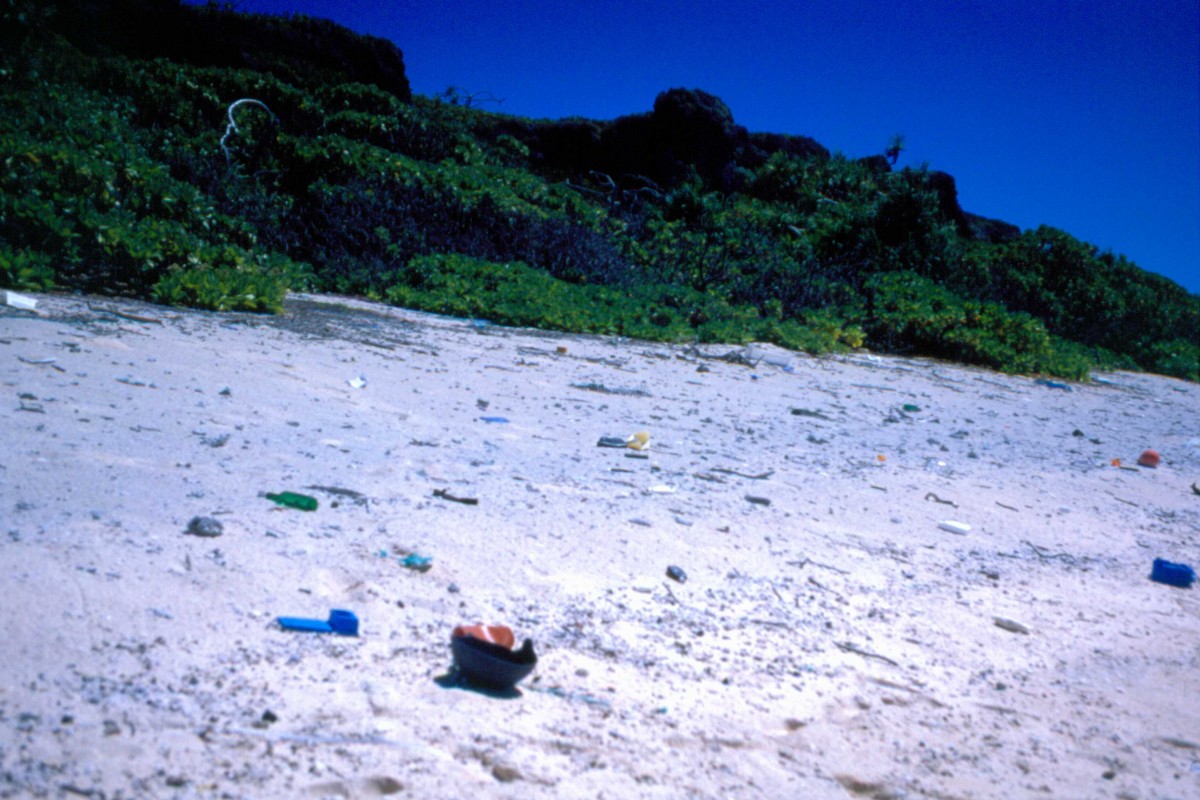UNESCO World Heritage Site Is Most Polluted Island

Henderson Island is one of the few atolls in the world untouched by humans. Lying in the eastern South Pacific, the location of the island was supposed to provide the ideal context for studying insular evolution and natural selection. Its unique ecology boasts of 10 plants and four land birds endemic to the island.
Despite its status as a UNESCO World Heritage site and supposedly pristine beaches, Henderson Island is now known as something far more worrisome. Live Science reported that researchers now say it earned the title as the world's most polluted island.
Henderson Island is so remote that it is visited only every five to 10 years for research purposes. However, despite the rarity of humans on its shores, it is still fast becoming the next trash island. Researchers estimated around 37.7 million pieces of plastic, amounting to 17 tons of plastic debris on what used to be a pristine stretch of beach.
As of the last research estimate, as many as 671 pieces of debris per square meter can be found on Henderson Island, making it the densest plastic pollution recorded anywhere on the planet. This makes Henderson Island a shocking but rather typical example of how plastics can affect the environment on a larger scale.
Jennifer Lavers, a researcher at the University of Tasmania's Institute for Marine and Antarctic Studies and lead author of the paper published in the Proceedings of the National Academy of Sciences, said that Henderson Island's polluted beaches show how people cannot escape pollution. There are no major factories in towns within 3,100 miles of Henderson Island, which means that the pieces of plastic present on the island travel long distances before arriving on the white sand beaches. Plastic durability and buoyancy makes a large impact on the ocean and its inhabitants, a concern that should be addressed.



